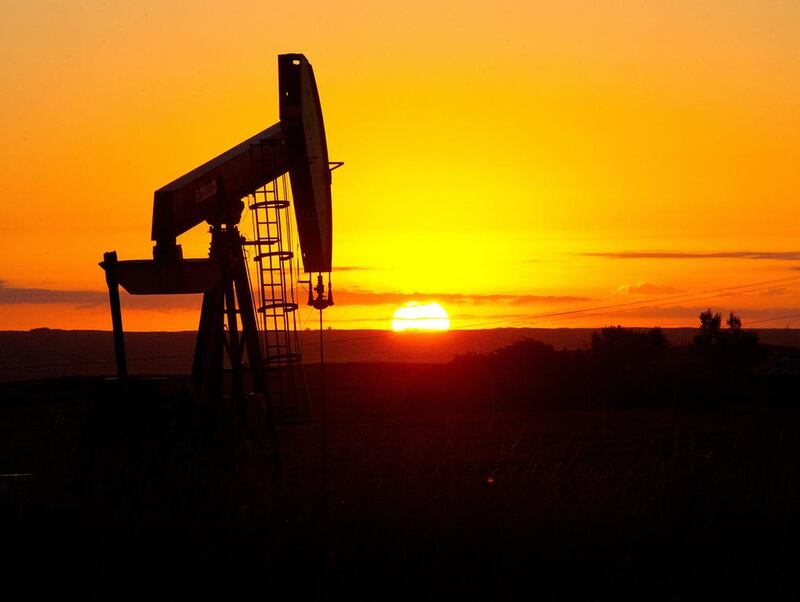At the start of the month, the spot Brent crude price broke through $83, then through $84 before taking a breather just above $85. At the time of writing, it was hovering just under the $85 mark once again. The price is being chased upwards by supply fears ahead of oil sanctions on Iran due to take effect in November. Concerns are focused on Saudi Arabia’s capacity to replace supplies from Iran, which currently heads Opec in terms of oil production at 3.8 million barrels per day.
It’s thought an estimated 1.5 million bpd will be taken off the markets on November 4, the deadline for renewed US restrictions on Iran’s oil exports. The amount is high because Iran was exempt from Opec’s supply-cut policies in light of its long absence from the oil markets during the earlier era of sanctions. It’s taken many investors by surprise since Opec supply cuts were intended to rebalance the oil markets. Instead, the roles are reversed and the cuts are now viewed as spare capacity. There are a few indications Opec sees them the same way, prompting investors to go on a buying spree.
All eyes are on Saudi Arabia’s ability to fill the order books and prevent a dramatic shortfall in supply. It’s asking a lot, given the current total spare capacity for all of Opec is 1.4 million bpd, even though the US's Energy Information Administration estimates Saudi Arabia keeps 1.5 million bpd spare capacity on hand for market management. Normally the reserve would be enough to handle market shocks, but there’s a tight deadline looming. It could strain the Kingdom’s resources to sell it all, whittling down the ability to weather future market storms and putting pressure on production facilities to pump as fast as possible.
___________
Read more:
US dollar and gold: bulls to take on the bears in Q4
Expect volatility as Opec challenges shale on the supply front
Two dominant factors to influence oil markets this year
___________
The bullish scenario sets the crude oil price at $100 by the end of the year. Some supporting arguments for this scenario are decreased production from Iran and Venezuela and indeed, from most of Opec, unless decisions are taken to lift supply limits. In addition, geopolitical tensions are rising between the US and Iran. The US economy is growing strongly, driving much of the current global growth.
On the neutral-to-bearish side, the price may remain on and around the $80 mark. The EU has brushed off US sanctions on Iran, providing legal cover for energy companies which may fall foul of legal action from US authorities. Moreover, China has decided not to cooperate with US oil sanctions on Iran in light of the tariff war between the two giant nations. Should the EU and Asian regions continue to buy oil from Iran, the pressure is off Saudi Arabia to release all of its spare capacity. On top of that, the latest US inventories rose by 1.9 million barrels during the week ending September 21 with a total of 396 million barrels.
American oil exports are rising, meaning there could be an offsetting factor in the worst-case supply shortages. Added into the argument for a more bearish scenario, China’s industrial growth appears to be slowing. PMI for September dropped to 50.8 from 51.3 on a monthly basis. Should there be a further decline below 50 on the index, it signals a contraction in China’s all-important industrial sector … and potentially in global growth.
A- key question is: who will blink first? The bulls or the bears? In my opinion, the $100 mark is only possible if Iran’s oil exports fall close to zero. We’ll know more in November, meanwhile, the uncertainty alone could keep crude oil prices close to levels last seen in 2014.
Hussein Sayed is the chief market strategist at FXTM






